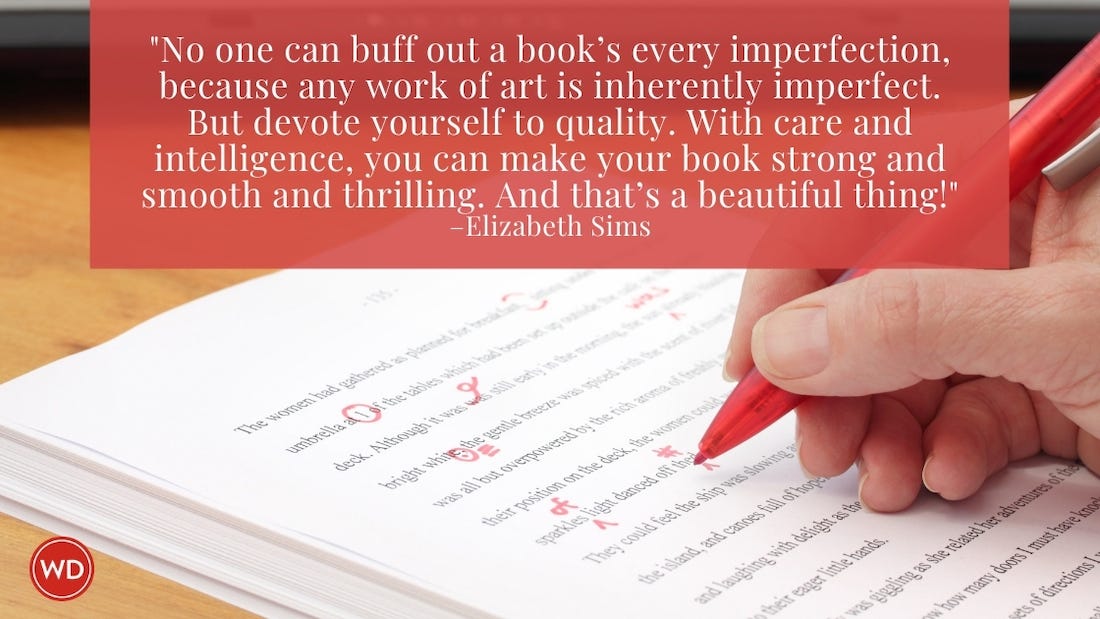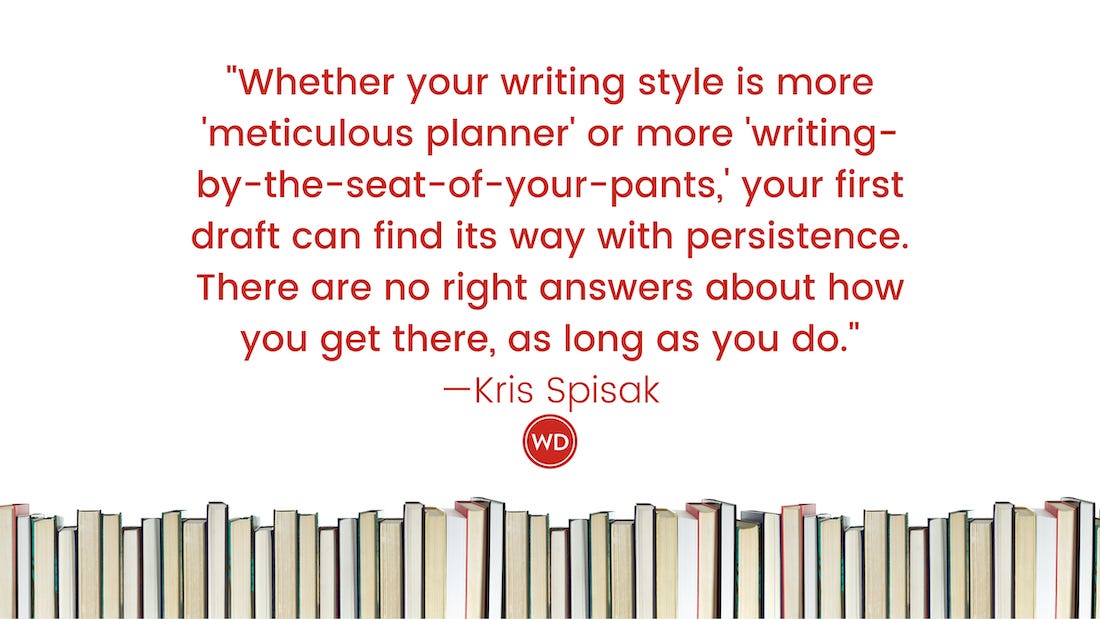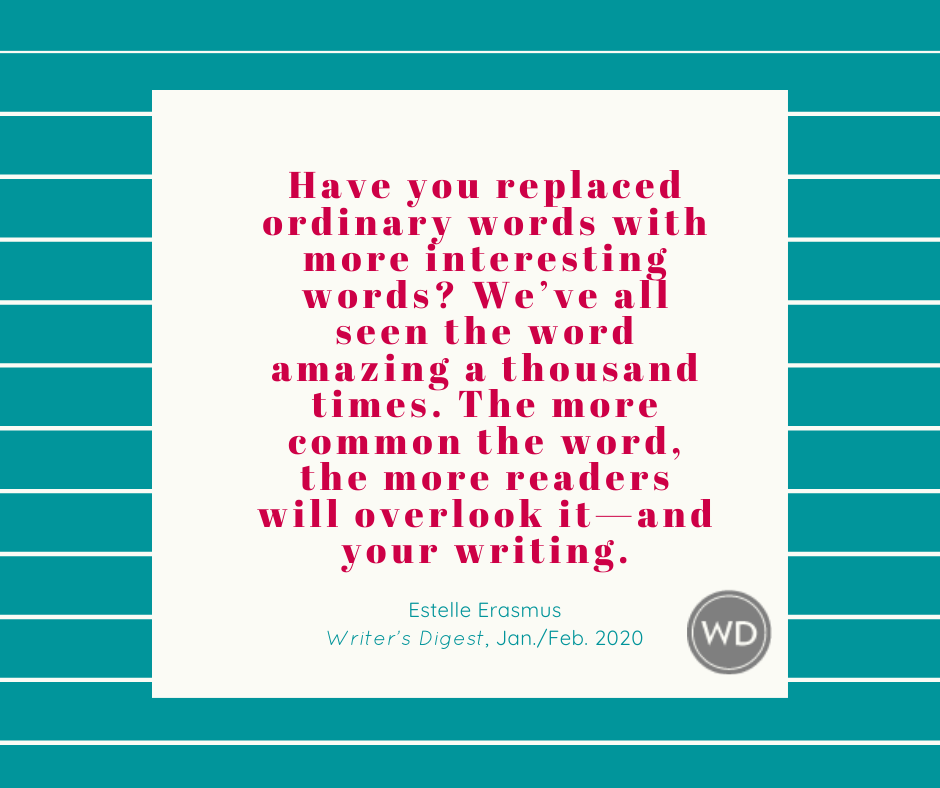Your Guide to an Effective Novel Synopsis
Writers often find that the synopsis is the most difficult component of their novel submission package. Here we break it down for you so you can spend less time stressing and more time writing.
Before you submit your novel to an agent or publisher, there are things you need to do. First and foremost, you must finish the work. If you contact an agent and she likes your idea, she will ask to see some or all of the manuscript. You don’t want to have to tell her it won’t be finished for another six months. If your novel is complete and polished, it’s time to write your query and synopsis. After that, you’re ready to test the agent and editor waters.
How you submit your novel package will depend on each agent or publisher’s specified submission guidelines. You’ll find that some want only a query letter; others request a query letter and the complete manuscript; some prefer a query letter plus three sample chapters and a synopsis; and still others request a query letter, a few sample chapters, an outline, and a synopsis. All want an SASE (self-addressed, stamped envelope) with adequate postage, unless they request an electronic submission. To determine what you need to submit, visit the agent or publisher’s website for guidelines, or consult a current edition of a market resource such as Novel & Short Story Writer’s Market, Writer’s Market, or Guide to Literary Agents. These sources have submission specifications that come straight from the editors and agents telling you just what to send, how to send it, and when to anticipate a response.
Be prepared to send at least a query letter, a synopsis, and three consecutive sample chapters. These are the most important—and most requested—parts of your novel package. You may not need to send them all in the same submission package, but you probably will need to use each of them at one time or another, so prepare everything before you start submitting. Here we’ll focus on what writers often find the most difficult component of their novel submission package: the synopsis.
Your Guide to an Effective Novel Synopsis
Defining Synopsis
The synopsis supplies key information about your novel (plot, theme, characterization, setting), while also showing how these coalesce to form the big picture. Quickly tell what your novel is about without making the editor or agent read the novel in its entirety.
There are no hard and fast rules about the synopsis. In fact, there’s conflicting advice about the typical length of a synopsis. Most editors and agents agree, though: The shorter, the better.
When writing your synopsis, focus on the essential parts of your story, and try not to include sections of dialogue unless you think they’re absolutely necessary. (It’s OK to inject a few strong quotes from your characters, but keep them brief.) Finally, even though the synopsis is only a condensed version of your novel, it must seem complete.
Keep events in the same order as they happen in the novel (but don’t break them down into individual chapters). Remember that your synopsis should have a beginning, a middle, and an ending (yes, you must tell how the novel ends to round out your synopsis).
That’s what’s required of a synopsis: You need to be concise, compelling, and complete, all at the same time.
Crafting Two Synopses
Because there is no definitive length to a synopsis, it’s recommended you have two versions: a long synopsis and a short synopsis.
In past years, there used to be a fairly universal system regarding synopses. For every 35 or so pages of your manuscript, you would have one page of synopsis explanation, up to a maximum of eight pages. So, if your book was 245 pages, double-spaced, your synopsis would be approximately seven pages. This was fairly standard, and allowed writers a decent amount of space to explain their story. You should write a synopsis following these guidelines first. This will be your long synopsis.
The problem is that during the past few years, agents started to get busier and busier, and now they want to hear your story now-now-now. Many agents today request synopses of no more than two pages. Some even say one page, but two pages is generally acceptable. To be ready to submit to these agents, you’ll also need to draft a new, more concise synopsis—the short synopsis.
So, once you’ve written both, which do you submit? If you think your short synopsis is tight and effective, always use that. However, if you think the long synopsis is actually more effective, then you will sometimes submit one and sometimes submit the other. If an agent requests two pages max, send only the short one. If she says simply, “Send a synopsis,” and you feel your longer synopsis is superior, submit the long one. If you’re writing plot-heavy fiction, such as thrillers and mysteries, you might really benefit from submitting a longer, more thorough synopsis.
Your best bet on knowing what to submit is to follow the guidelines of the agency or publisher in question.
Formatting Electronic Submissions
Some editors or agents might ask you to submit your synopsis via e-mail or on a CD. The editor or agent can provide you with specific formatting guidelines indicating how she wants it sent and the type of files she prefers.
If an agent or editor does request an electronic submission, keep the following four points in mind:
- Follow the same formatting specs as for a paper synopsis submission.
- When sending your synopsis via e-mail, put the name of your novel in the subject line (but don’t use all caps—it’s just obnoxious).
- Send the synopsis as an attachment to your e-mail unless the editor or agent requests otherwise.
- Include a cover letter in the body of your e-mail and your cover page and table of contents in the file along with the synopsis.
Chuck Sambuchino is a former editor with the Writer's Digest writing community and author of several books, including How to Survive a Garden Gnome Attack and Create Your Writer Platform.








